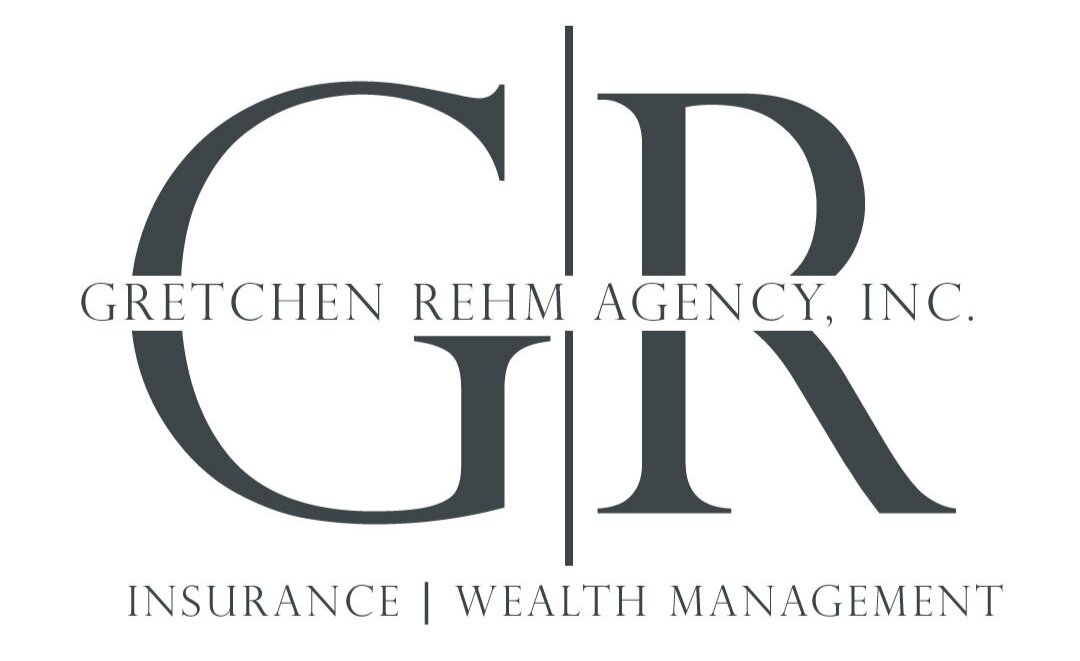How to Fill Out the New FAFSA
The Free Application for Federal Student Aid is commonly known by its abbreviated name: FAFSA.
The process for completing this form (necessary for any student continuing their education beyond high school graduation who needs financial assistance) was just overhauled, leaving some students and their parents pretty confused. It can be tough to know what to do!
Let’s review some of the recent changes and what they might mean for new families coming to FAFSA for the first time. You can start with FAFSA’s website and tutorials here, but that won’t likely be the only resource you need.
How Did the FAFSA Change?
Even if this isn’t your first FAFSA rodeo, you may notice some differences from previous years. First, the starting point is new. Right off the bat, you may see a new interface with a required student ID.
Like many similar sites, users must create an account and have a private login to store their information securely. All students need this ID and can generate/apply for one on the site.
You may also notice that some states have their own way of doing things. Iowa, Minnesota, Mississippi, Pennsylvania, New York, New Jersey, and Vermont are seven states requiring resident students to use their unique versions and deadlines.
Speaking of deadlines, you may also see different timelines, depending on your location. These can be found on the FAFSA website; here are the deadlines for the 2024/2025 school year:
Federal Deadlines
The FAFSA form must be submitted by 11:59 p.m. Central time (CT) on June 30, 2025. Any corrections or updates must be submitted by 11:59 p.m. CT on Sept. 14, 2025.
Minnesota Deadline
June 30, 2025
Submit your application by midnight Central time on June 30, 2025. Check with the financial aid office at the college or career school you plan to attend for more information.
Not all change is bad! In the case of FAFSA applicants this year, you might notice a few changes that are actually very helpful. For example, IRS documents can now often be imported directly into your application electronically. Also, funding like the Pell Grant has recently widened its availability, making more students eligible for aid.
Expert Tips for Filling Out the FAFSA
Once you’ve created your account on the website, you’re ready to start. But, much like you would around that tax filing time, you will first need to gather your documents.
The contributing parent will likely fill out or assist the student. This parent made the most or contributed most to the household. It is likely the same person listed as “head of household” in your tax filing.
Take your time. Go over each question and section of the form slowly. If you’re stuck on a specific section, the FAFSA team created helpful YouTube videos that are geared at helping those filing.
Lastly, be sure to take screenshots or print out copies of your forms. It is always a good idea to have a backup, perhaps one that is not in a digital format (print a hard copy). It is great to keep the forms on hand for your own records and in the event that anything is lost or delayed.
Help Is Here
Financing your kids’ continuing education can be a difficult feat. The federal aid options are out there, and FAFSA will help connect your student to all of those options. Don’t forget that there are other scholarships, state aid, and even help from the school itself at times that can help those struggling to finance this next adventure.
Smart planning today can go a long way at helping you tomorrow. If your children are still young and have many years to go, now may be the time to set funds aside, discuss tax-free savings (like a 529), or work on ways to plan for a successful financial future well before graduation day!
To schedule an appointment online, visit my site here. I’m always just an appointment away to help you save for tomorrow!
Participation in a 529 Education Savings Plan (529 Plan) does not guarantee that contributions and investment return on contributions, if any, will be adequate to cover future tuition and other education expenses or that a beneficiary will be admitted to or permitted to continue to attend an educational institution. Contributors to the program assume all investment risk, including potential loss of principal and liability for penalties such as those levied for non-educational withdrawals. Check with your state’s guidelines prior to withdrawing the funds. An investor should consider, before investing, whether the investor's or designated beneficiary’s home state offers any favorable state tax treatment or other state benefits such as financial aid, scholarship funds, and protection from creditors that are only available for investments in such state's qualified tuition program. Consult with your financial, tax or other adviser to learn more about how state-based benefits (including any limitations) would apply to your specific circumstances.

